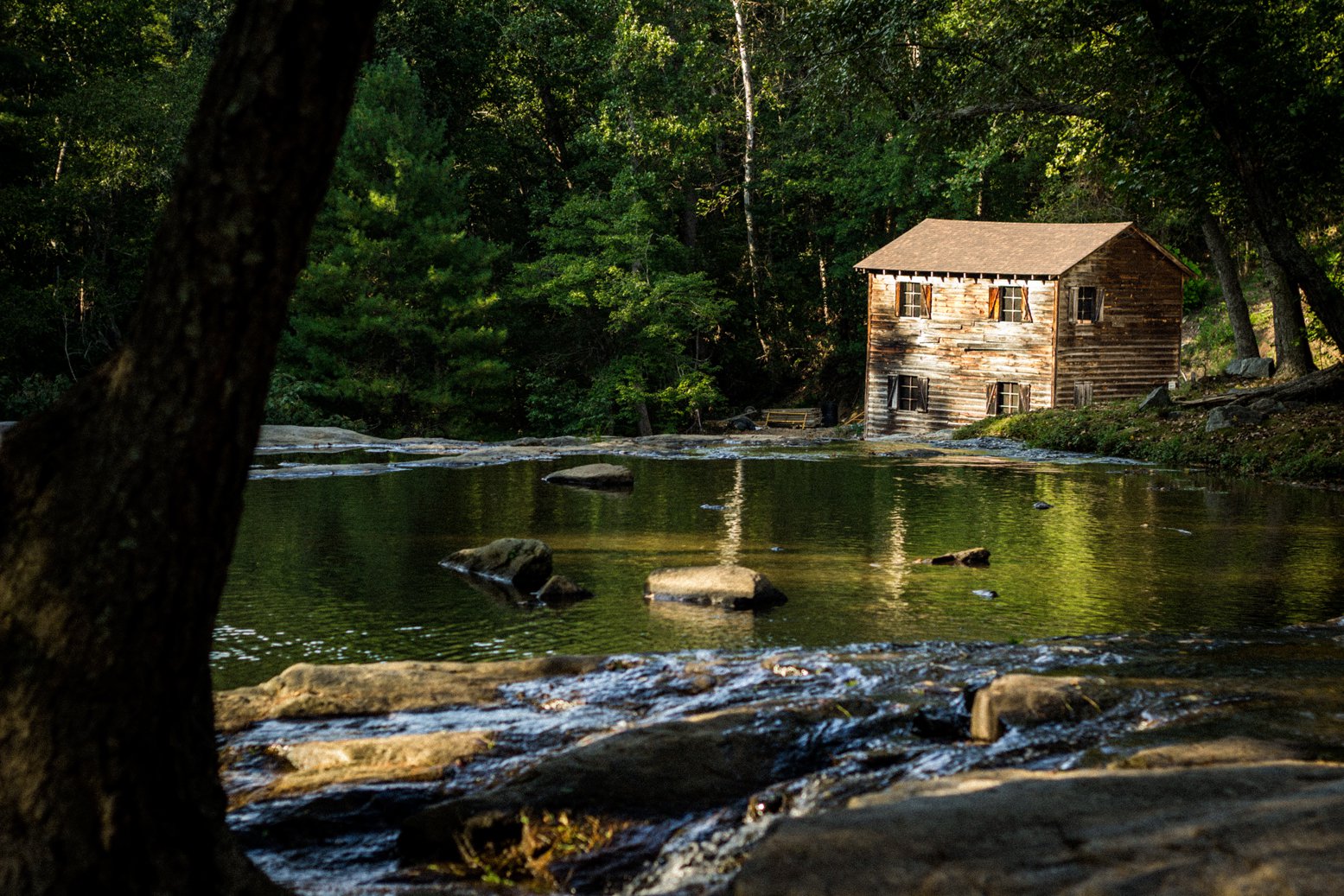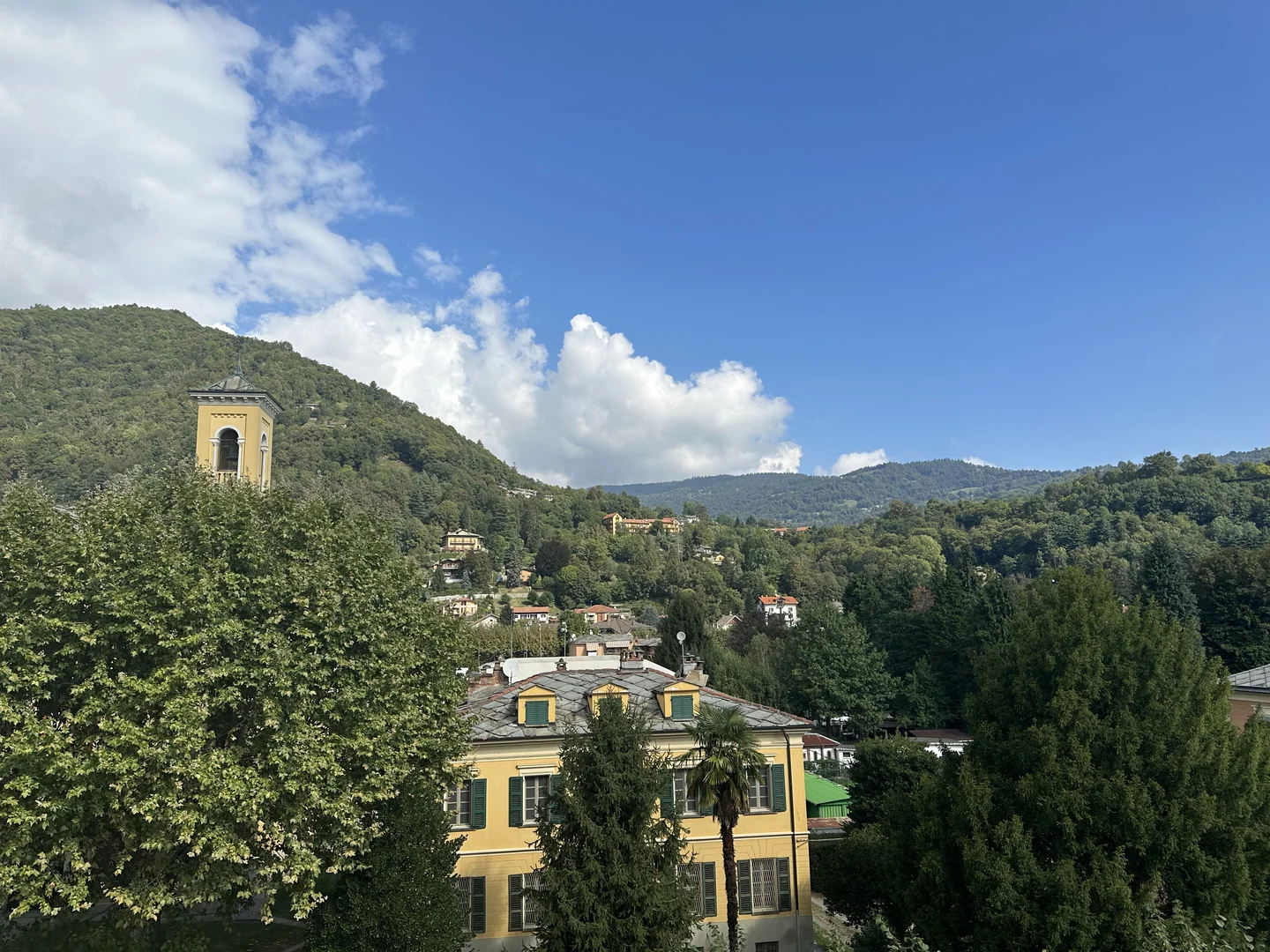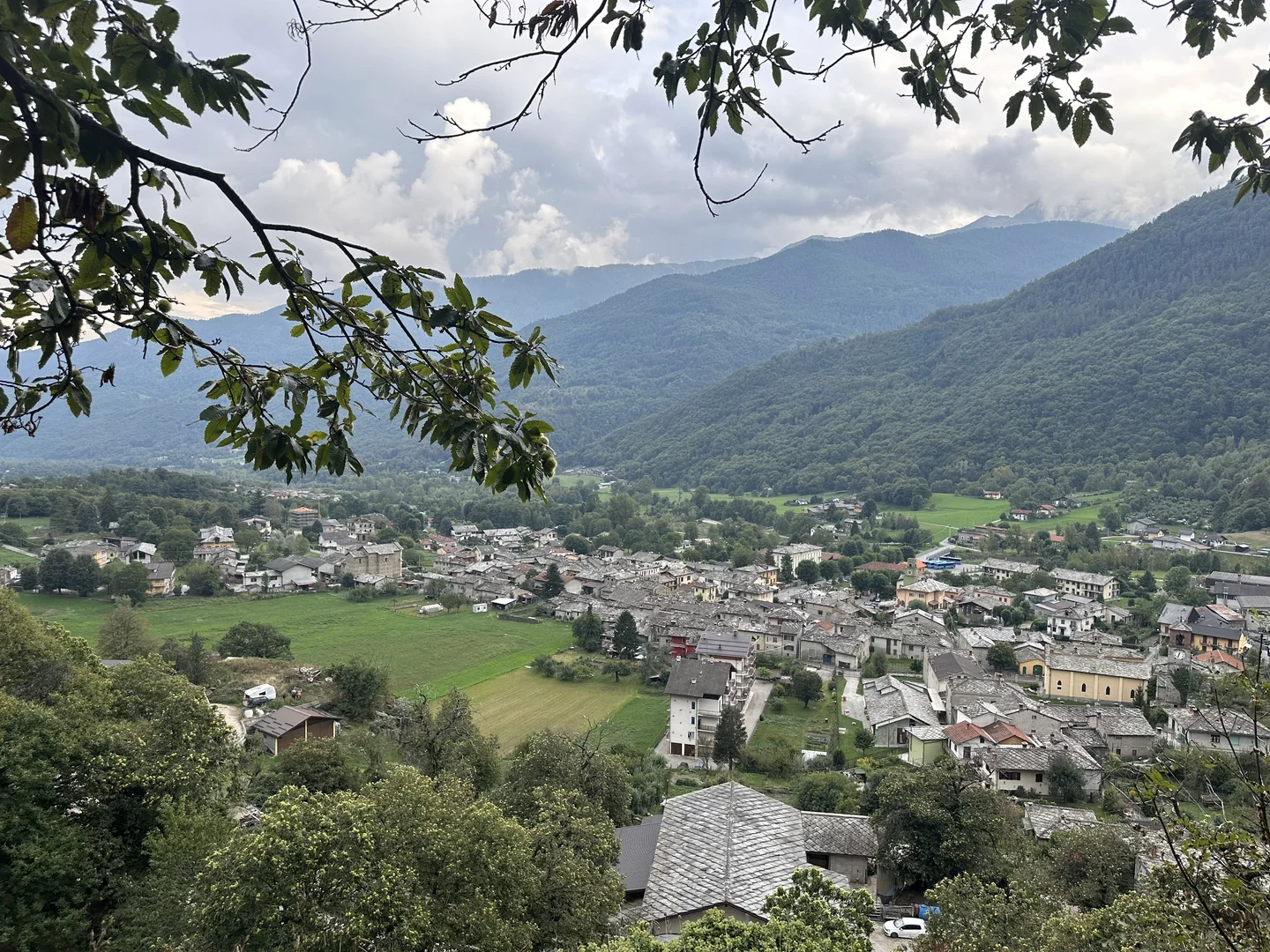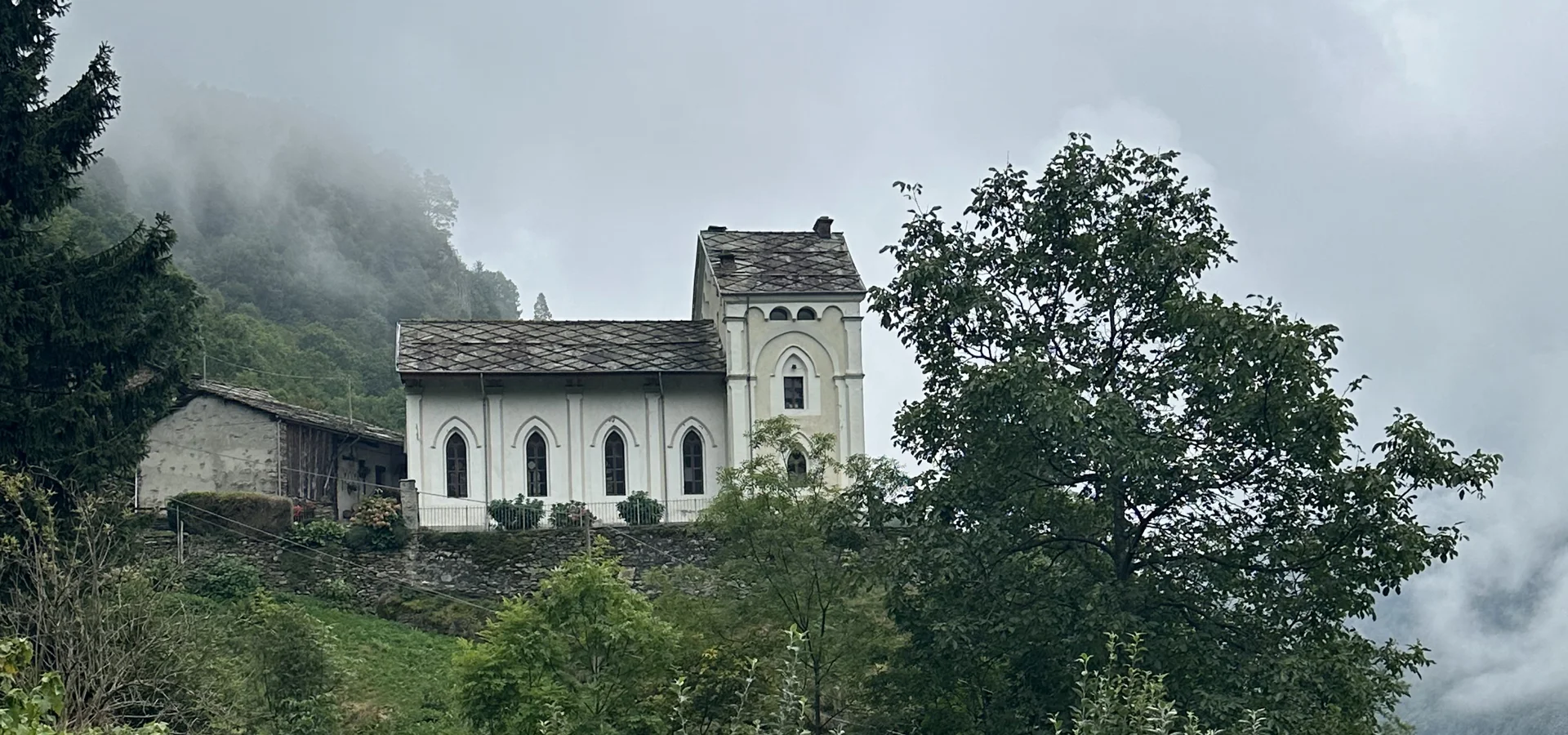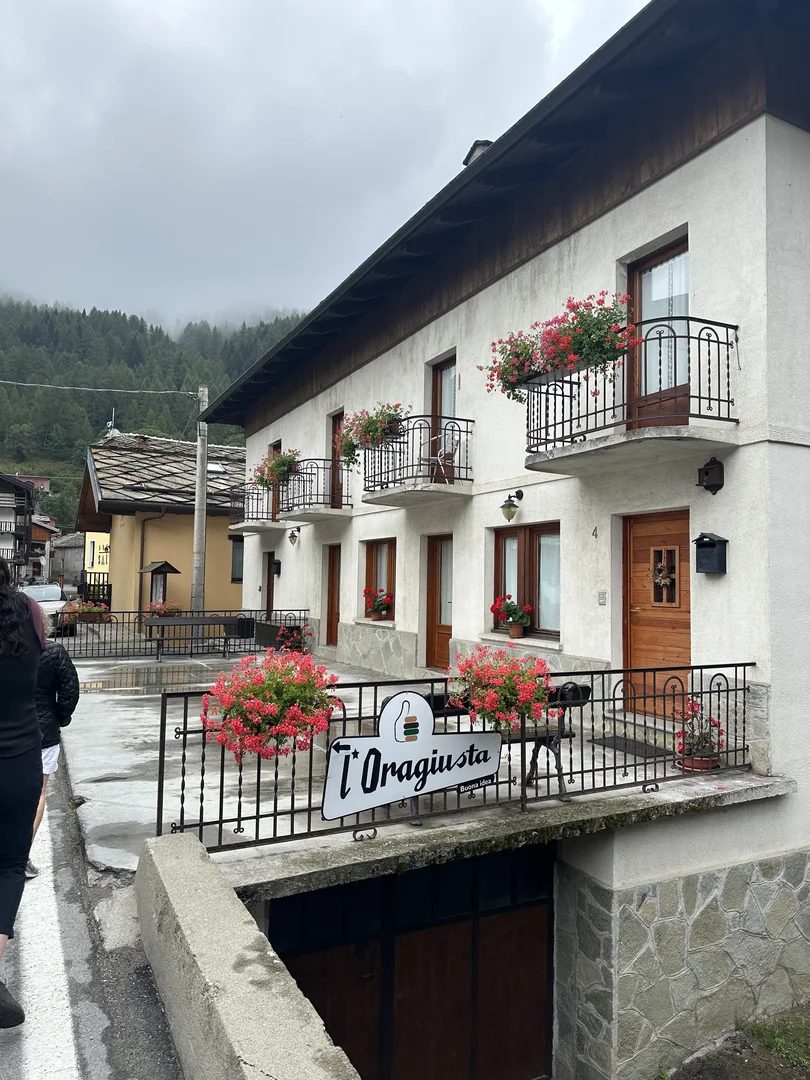The Valleys
As the Roman Church intensified its efforts to suppress heresy and the circulation of Scriptures, the Waldenses were forced into concealment and disguise. Inspired perhaps by their leader's vocation as a merchant, some became peddlers of tools, trinkets, knives, or cloth as cover for their real business of selling the "pearl of great price" - the Gospel of the Kingdom. As they sold their wares, they could sense a ready customer for their more priceless merchandise; in which case, a small Bible concealed in a pocket might be passed to the buyer along with the purchased goods.
For their clandestine operation, the barbas trained at a seminary secluded in a remote and virtually inaccessible corner of Angrogna in the village of Pra del Torno (Round Meadow).
“What Mean These Stones” – Maxine McCall & Kays Gary
Copyright © 1993
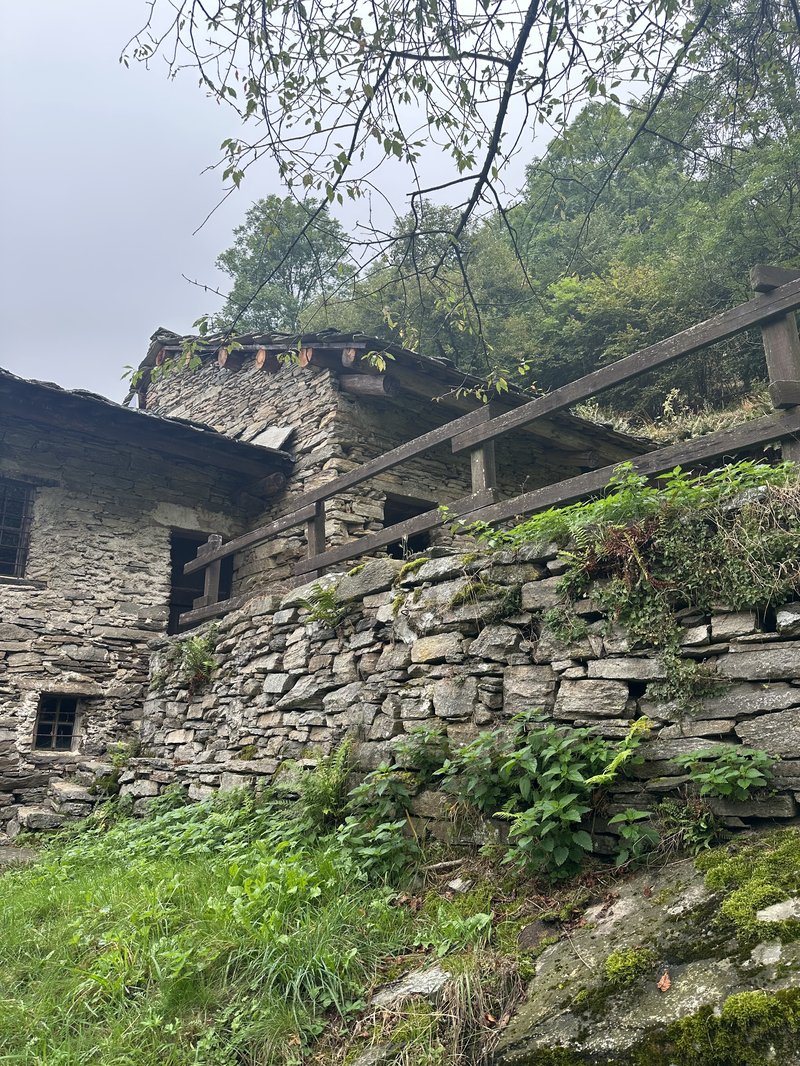
In 1517 the Archbishop of Turin toured the Valleys offering indulgences for the remission of sins. The Waldenses responded: "We have no need of the Pope's pardon. Christ is sufficient for us." That same year Martin Luther's hammer rang out his protests at Wittenburg, condemning, among other things indulgences.
After fifteen years of prayerful deliberation, the Waldenses took their stand with the Reformation. In 1532 thousands of pastors and laymen met with Reformers Farel, Saunier, and Olivetan on a grassy slope near the little village of Chanofran in the Angrogna Valley. The decision followed six days of "lively discussion," during which Swiss reformer William Farel, with great zeal and eloquence, prevailed upon the Waldenses "to finish with concealment and join hands openly with the great reform movement."
Chanofran resulted in major changes for the Waldensian Church. Secrecy would be abandoned. Waldenses would openly erect temples (churches), hold public worship, and be served by resident ministers rather than itinerant preachers. French and Italian would replace Patois (the Waldensian dialect) as official languages of the Waldensian Church: French for communications with Reformed churches beyond Italy's borders; and Italian, in relationships with churches in the Piedmont and Italy. In fact, the 1532 Synod of Chanforan marked the last time Patois was used in a religious meeting.
Also providential was the network of Protestant sympathizers the Waldenses gained, who would provide spiritual encouragement as well as financial and fighting support during the persecutions to come.
“What Mean These Stones” – Maxine McCall & Kays Gary
Copyright © 1993
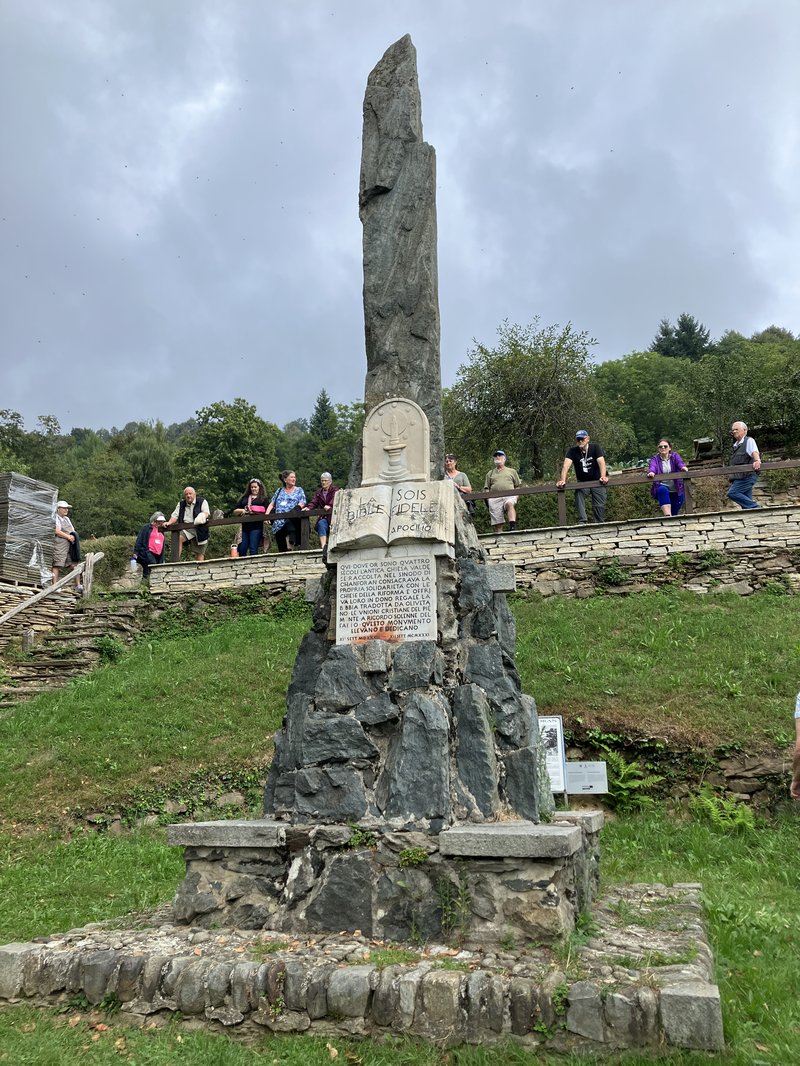
Thirty years of great revival followed the synod at Chanofran, rapidly increasing the number of Protestants in the Piedmont and, simultaneously, intensifying efforts of the Roman Church and heads of state to stamp out such open and rampant "heresy."
As the Waldenses grew more openly defiant in their stand against the Medieval Church, so methods of persecution grew more vicious and devastating. From 1487 to 1689 the Waldenses fought some thirty-three wars to defend their faith. Wave after wave of marauding soldiers swept through the Valleys - pillaging, burning, raping, killing. Their villainous commanders - Trinite, Pianezza, Catinat, and Gabriel - used every kind of treachery and sanctioned the most horrendous of tortures to bring the Waldenses to their knees. To no avail. Time and again their regiments often numbering in the thousands, would be miraculously repelled by a handful of guerrilla fighters whose only advantage was their superior tactile strategy on the treacherous terrain and their confident faith that God was on their side.
Worship services were outlawed; reading the Bible was expressly forbidden. Confiscated Bibles were burned, and anyone caught reading the Bible was imprisoned and tortured or killed. Consequently, when Inquisitors or enemy troops accosted the villages, Bibles were hastily stashed in secret stone crevices of walls and chimneys or even baked into loaves of bread. Moderators or pastors often escaped capture by fleeing over dangerous and little-known mountain paths to secret places of refuge.
In withstanding relentless persecution, the Waldenses' long history of secrecy stood them in good stead. When temples were raided or destroyed, the villagers moved worship services to woods or caves, often fleeing there to escape capture and death. One such hiding place, the Ghieisa d'la Tana in the Angrogna Valley, could be entered only by crawling on hands and knees.
“What Mean These Stones” – Maxine McCall & Kays Gary
Copyright © 1993
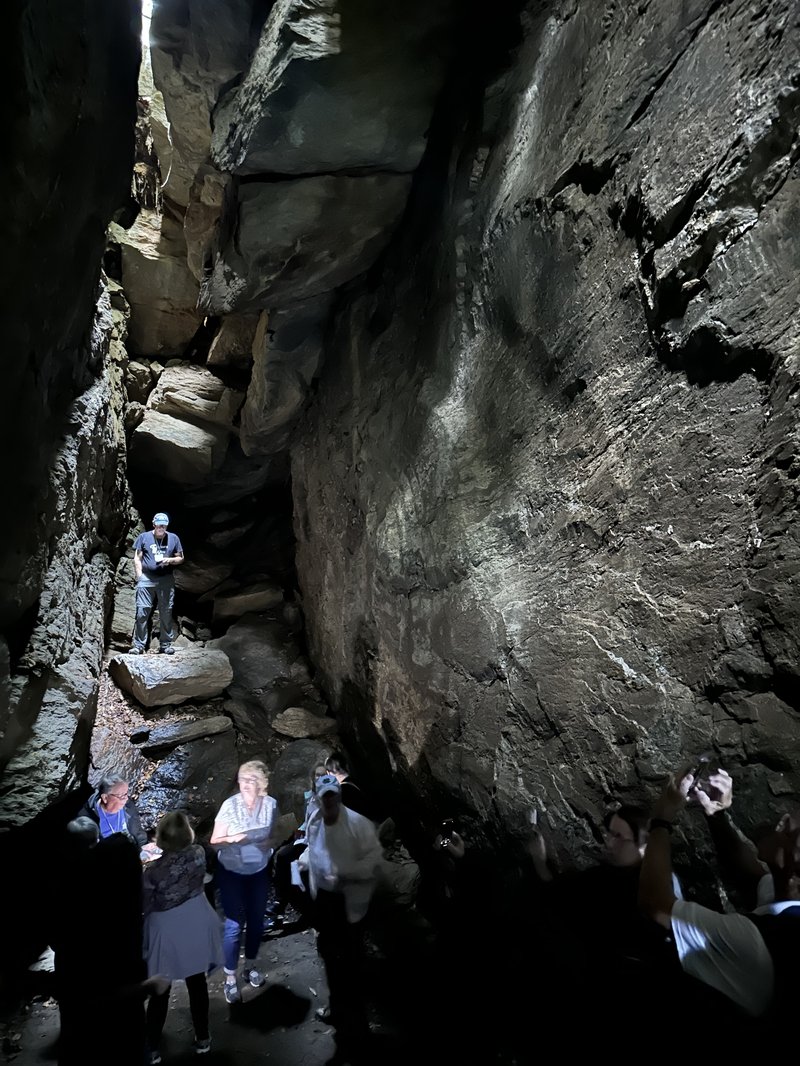
On Sunday, September 1, 1689, Henri Arnaud and his men camped at Sibaud, near the village of Bobbio in the Pellice Valley. During worship that day, they again committed their cause to God in prayer. Then they all signed a covenant, "The Oath of Sibaud," (Le Serment de Sibaud) containing certain principles by which they would be governed and a solemn pledge of fidelity to one another. Two hundred years later, the exact spot where this oath was taken would be marked by a monument built of stones representing each parish, with the name of the parish chiseled into the stone.
Arnaud's men continued guerilla-type warfare in different quarters of the valleys to rid their homeland of the intruders. As winter came on, the Waldenses found themselves hemmed in on all sides by the forces of the Duke of Savoy and France. They had to find a place to take a stand.
They entrenched themselves in a natural fortress above Balziglia in the Massello Valley. From this defensive position, they defied a large French army for several months. Finally, they were dislodged, and the remaining three hundred of the original nine hundred men made a dramatic - heart stopping - escape over the mountains on the night of May 13, 1690, in dense fog and within inches of enemy campfire.
Nine months had passed since the army of exiles had left Switzerland, but now success in regaining their valleys was assured. The Duke of Savoy had broken with France and welcomed the Waldenses back. He issued an edict on May 23, 1694, officially re-establishing them in their villages and recognizing their religious liberty. Once again the valleys became the stronghold of the Waldensian faith.
“What Mean These Stones” – Maxine McCall & Kays Gary
Copyright © 1993
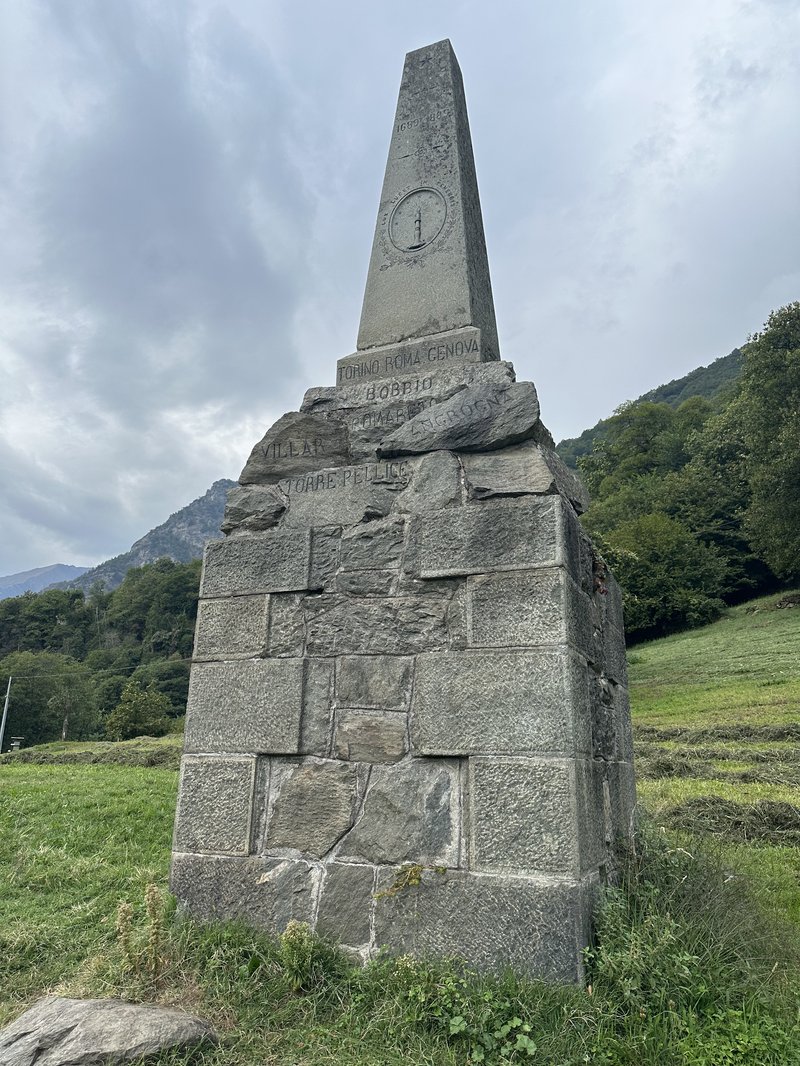
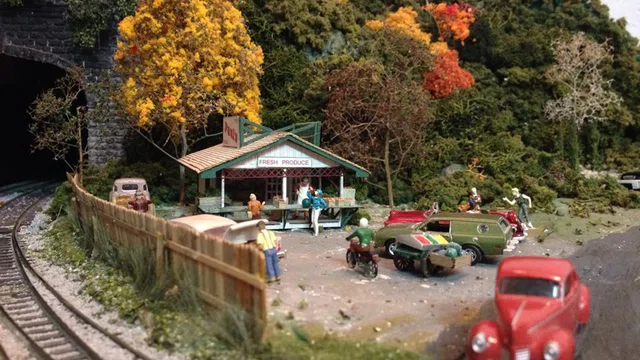
P&W Railroad Museum

Pageants & Recitals

Paramount Ford of Valdese
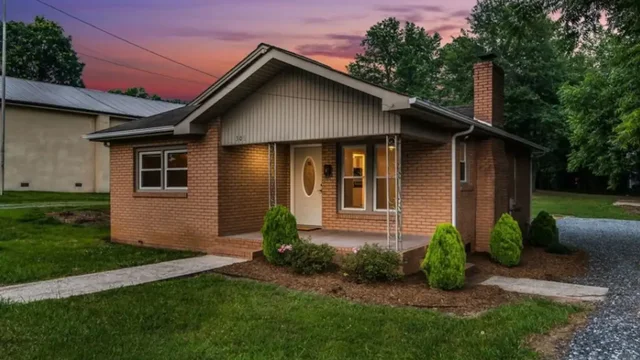
Peaceful, Cozy & Convenient - AirBNB

Perfectly Planned Occasions
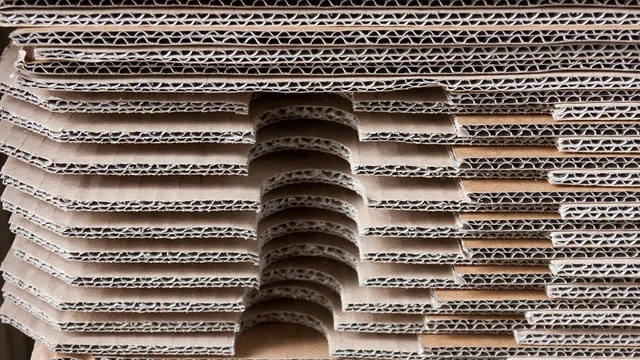
Piedmont Corrugated Specialty Co.
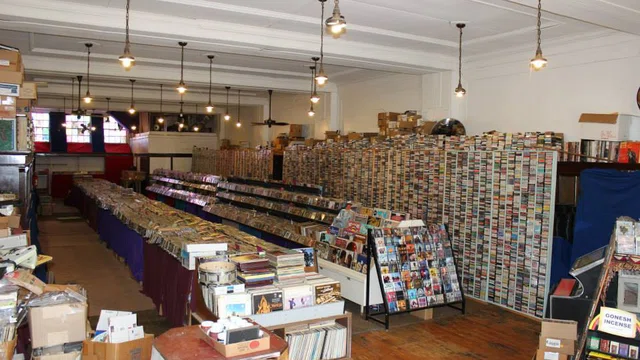
Play It Again Records
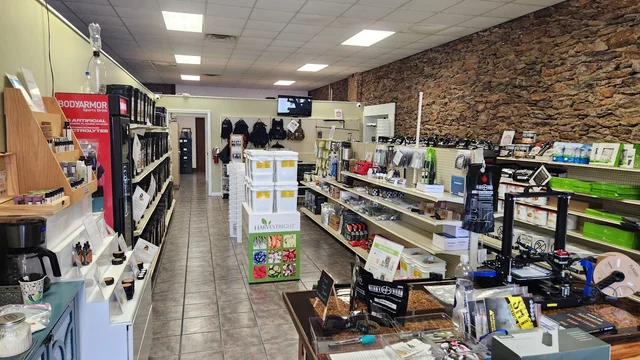
Prep-N-Ready
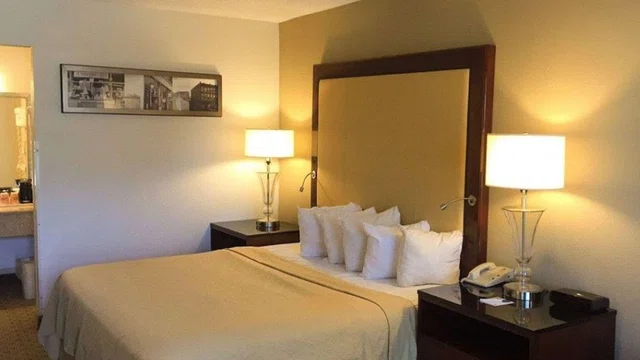
Quality Inn
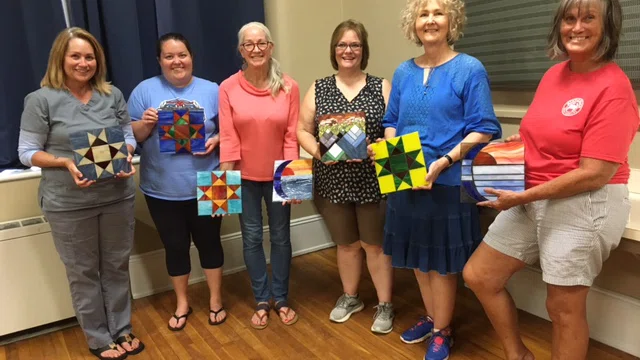
RSAF Studio 101
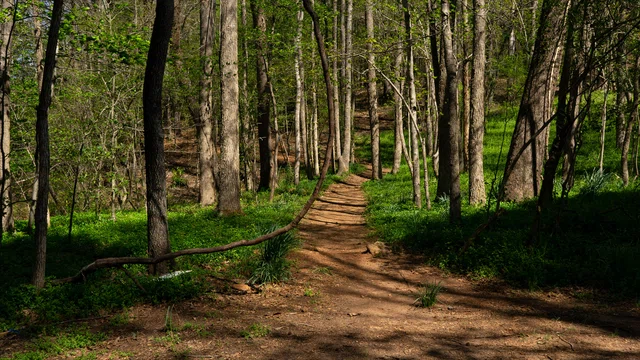
Red Outer Loop Trail

